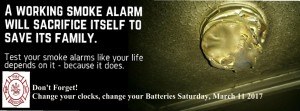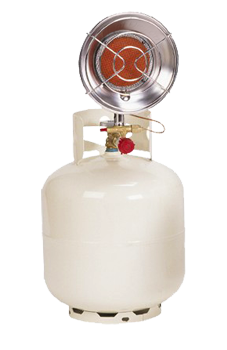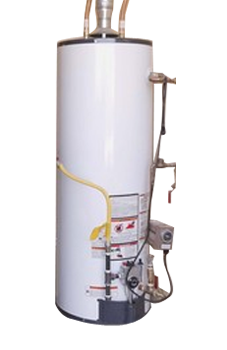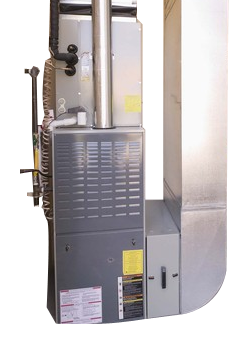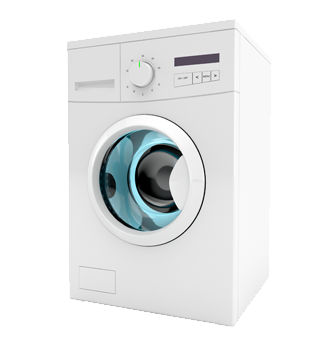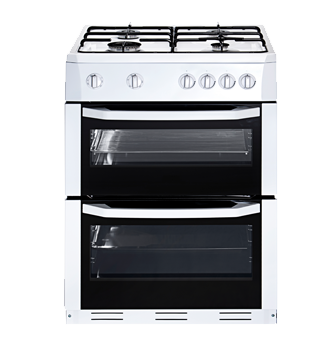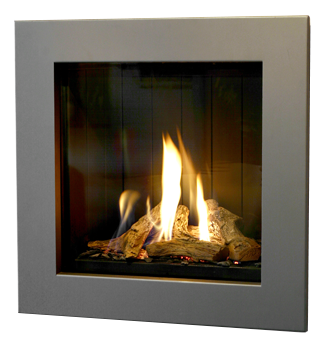Play the Game click here
What you need to know
But it’s often a mystery of where it comes from, how it’s produced, its physical symptoms, and what precautions can be taken to ensure it doesn’t endanger you. Or worse, kill you.
THE LEADING CAUSE OF ACCIDENTAL POISONING DEATHS IN NORTH AMERICA.
Get the right facts about this silent killer that answer:
- What is CO?
- What are the Sources of CO?
- What are the Myths and Misconceptions about CO?
Carbon monoxide (CO) is a highly poisonous gas, often referred to as ‘the silent killer’ because you can’t see it, touch it or smell it.
This odourless gas is produced as a byproduct of combustion when common fuel-burning appliances and equipment that use natural gas, oil, wood, propane and kerosene, don’t get enough air to burn up completely.
When this happens, CO can build up, especially in a confined room or space – and this can lead to toxic effects on humans and pets.
Sources of CO
Portable Fuel Burner
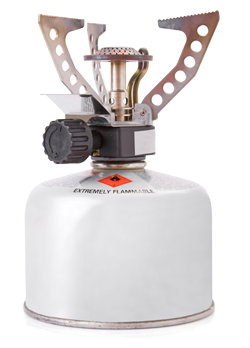
Most of these sources are associated with malfunctioning fuel-burning equipment and appliances – and poor venting and confined spaces, like a furnace room, garage, cabin, tent, RV, boat cabin or camper.
While carbon monoxide doesn’t have an off-season, it certainly has a major presence in the summer, when many of us are dealing with certain fuel-burning equipment that we use on a seasonal basis.
Of course, the cooler seasons often keep us indoors, and confined spaces, poor venting or limited air-flow also contribute to the CO hazard.
Common Sources of Carbon Monoxide
Most Ontario households have, on average, 4-6 appliances that produce carbon monoxide.
These appliances include:
- Furnace
- Gas water heater
- Gas fireplace
- Gas stove
- Gas dryer
- Gas barbecue
- Portable generators
- Fuel-burning space heaters
Poor maintenance/Improper venting
Poor maintenance of these appliances, damaged or blocked venting, or inadequate airflow can cause dangerous levels of CO to build up inside your home, garage, cottage – virtually any enclosed space under certain conditions.

